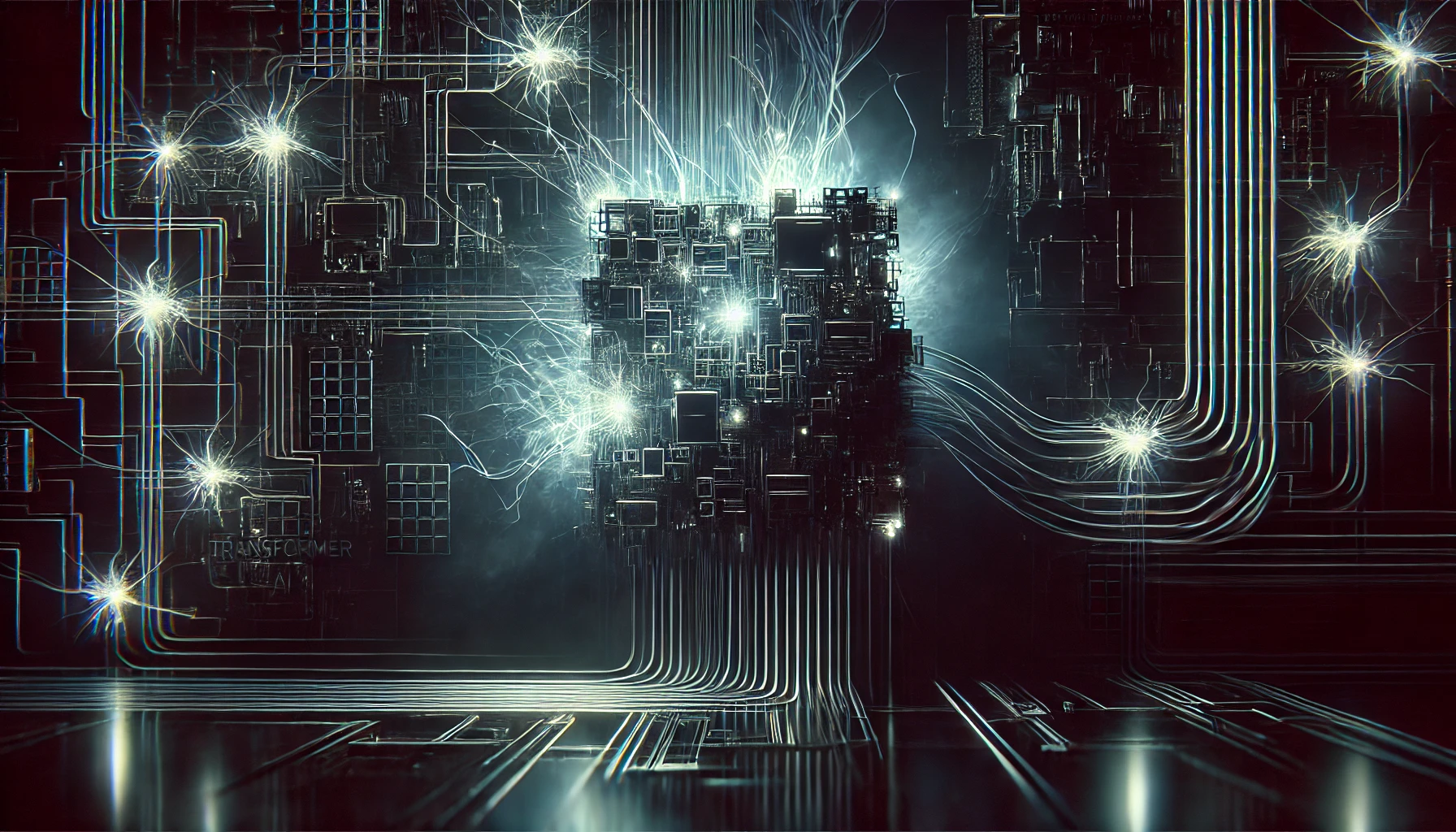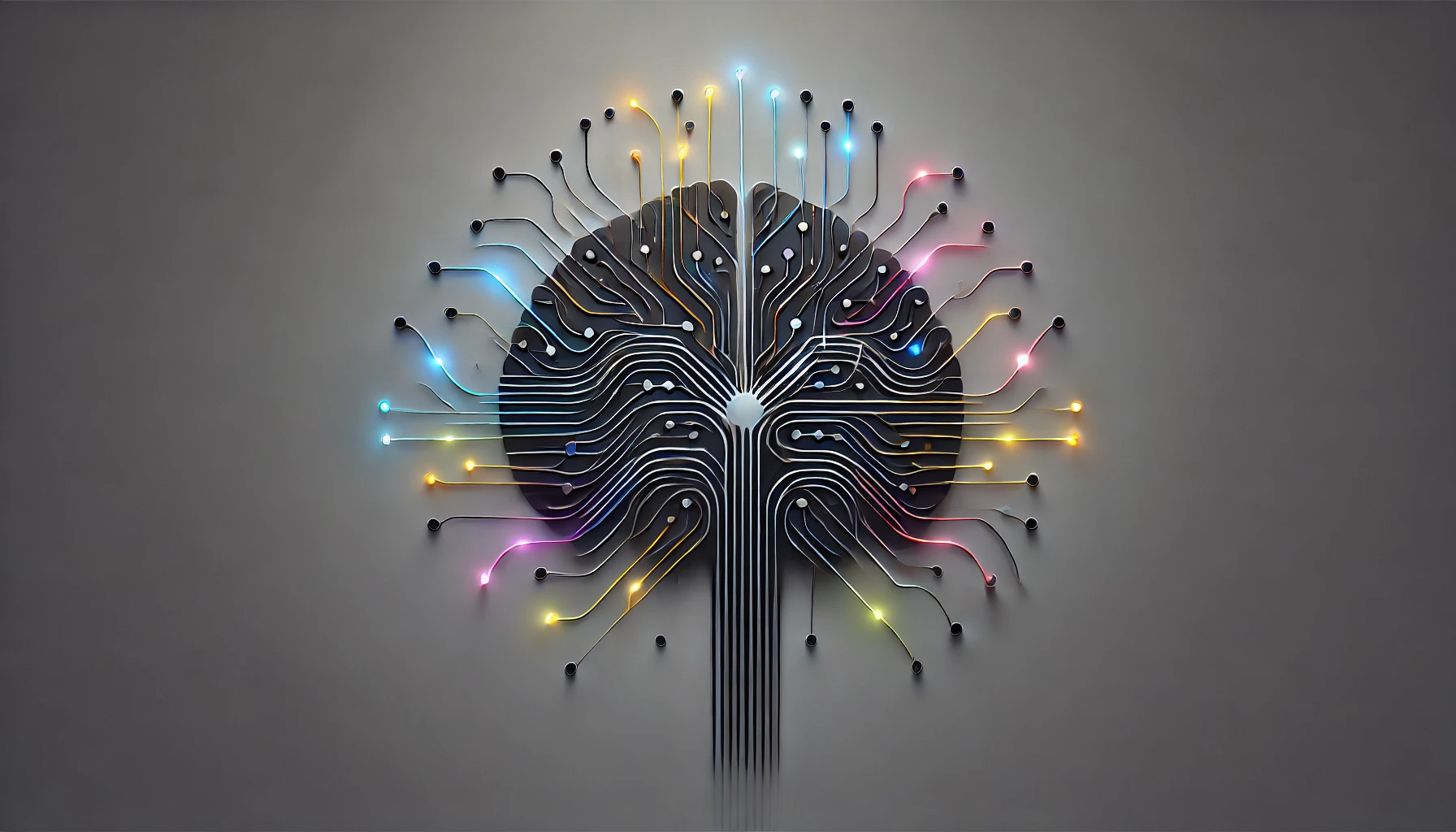The Surprising Simplicity Behind ChatGPT’s Genius
Generative AI feels like magic—and for most of us, it might as well be. When you type a prompt into ChatGPT and watch it weave coherent paragraphs from thin air, it’s easy to imagine an oracle or superhuman mind behind it. But in reality, this tool is the product of predict, sample, repeat—a deceptively simple cycle that relies heavily on math, probability, and finely tuned neural networks.
These neural networks, specifically a type called transformers, are the silent engines running the AI revolution. From DALL-E’s surreal art to the conversational fluidity of ChatGPT, transformers have brought text, art, and sound generation to life. Yet, as groundbreaking as they are, their mechanics boil down to one thing: predict the next word, sample from possibilities, and repeat until the task is complete.
Why Generative Models Are All About Prediction
At the heart of models like GPT-4 lies a deceptively simple task: guess the next word in a sequence. Whether the input text is a Shakespeare sonnet, a legal document, or a recipe for pumpkin pie, the AI performs the same action—predicting what word should logically follow. This humble premise powers the tools that now write marketing copy, translate languages, and simulate conversations.
When the AI chooses the next word, it relies on probability distributions. It ranks every potential word based on how likely it is to follow the previous one. But prediction alone isn't enough—random sampling from the distribution adds spice to avoid robotic monotony. This is why ChatGPT can respond with quirky or poetic phrases, even though its underlying logic is rooted in probability.
Transformers: The Unsung Heroes of AI
Before 2017, AI models struggled to understand context beyond a few words. Then came transformers, a new type of neural network introduced by Google, which allowed models to retain context over long stretches of text. The breakthrough? A mechanism called attention. Think of it like this: when humans read, we mentally highlight key phrases to keep track of meaning. Transformers replicate that ability, enabling ChatGPT to remember your entire conversation—even the part where you asked it to explain string theory.
These transformers are now the backbone of everything from ChatGPT to Midjourney, revolutionizing fields from customer support to visual art generation.
Breaking the Input: How Tokens Become Vectors
When you input text into ChatGPT, the system doesn’t just see words—it sees tokens. Tokens are tiny chunks of data, often individual words or pieces of words, which get transformed into vectors (lists of numbers). These vectors are plotted into a multi-dimensional space, where similar meanings cluster together like best friends at a party. The word “dog,” for example, will sit closer to “puppy” than to “umbrella” in this mathematical space.
The AI's job is to predict which token should come next. As it cycles through layers of mathematical operations, it refines the input into more nuanced meanings. Eventually, the output emerges: a coherent response, crafted word by word, token by token.
Attention Is Everything: The Core of AI’s Magic
The transformer model’s attention mechanism is what makes it revolutionary. Imagine you’re reading an intricate novel—certain words and phrases stand out and connect to earlier passages. Transformers operate similarly, weighing relationships between words to capture subtle nuances.
Consider this: The word "model" in "machine learning model" has a different meaning than in "fashion model." A transformer uses contextual weighting to assign the correct meaning to each occurrence, ensuring that your AI assistant knows whether you're talking about algorithms or runway shows.
The Balance Between Precision and Creativity
You might assume that generating text is all about precision, but it’s not. Temperature settings add creativity to the mix. Lower temperatures favor predictable responses, ensuring the AI stays on track. Higher temperatures introduce variety, leading to more creative but sometimes nonsensical answers. Think of it like adjusting the spice level in a dish—too mild, and it’s bland; too hot, and you risk overwhelming the senses.
This balance allows GPT-based models to generate both coherent essays and whimsical stories. Want ChatGPT to compose a dry technical document? Keep the temperature low. Prefer something poetic and weird? Crank it up, and watch the magic unfold.
The Future of Chatbots: From Tools to Creative Partners
As AI models evolve, their potential goes beyond just generating text. ChatGPT and similar tools are increasingly becoming creative collaborators. Imagine co-writing a novel with an AI, or brainstorming ad campaigns with a tool that never sleeps. With advancements in multi-modal models—which combine text, images, and audio—the future of chatbots might even include fully immersive, interactive experiences.
What Does It Mean for Us?
With AI models becoming more sophisticated, there’s an elephant in the room: Will they replace human creativity, or enhance it? The truth is, AI thrives on patterns—it excels at remixing what already exists. But true creativity, the kind that surprises and inspires, still belongs to humans. AI can assist, but it will never replicate the quirks, emotions, and imperfections that define human ingenuity.
Your Thoughts on AI Creativity?
What do you think? Will tools like ChatGPT become the new creative norm, or will we eventually crave more human touch? Should AI be a collaborator—or just a tool? Join the conversation and share your thoughts in the comments. We’d love to hear your take.
Ready to become a permanent resident of the "Shining City on the Web"? Click here and join the iNthacity community. Participate in the debate, leave your comments, and shape the future of AI together.
This deep dive into AI gives us a glimpse of the magic and mechanics behind ChatGPT. From tokenization to prediction, the power of transformers lies not in the complexity, but in the elegance of simple operations repeated on a grand scale. As these tools grow, the question isn’t whether they’ll change the world—it’s how we’ll choose to use them.



















Post Comment
You must be logged in to post a comment.